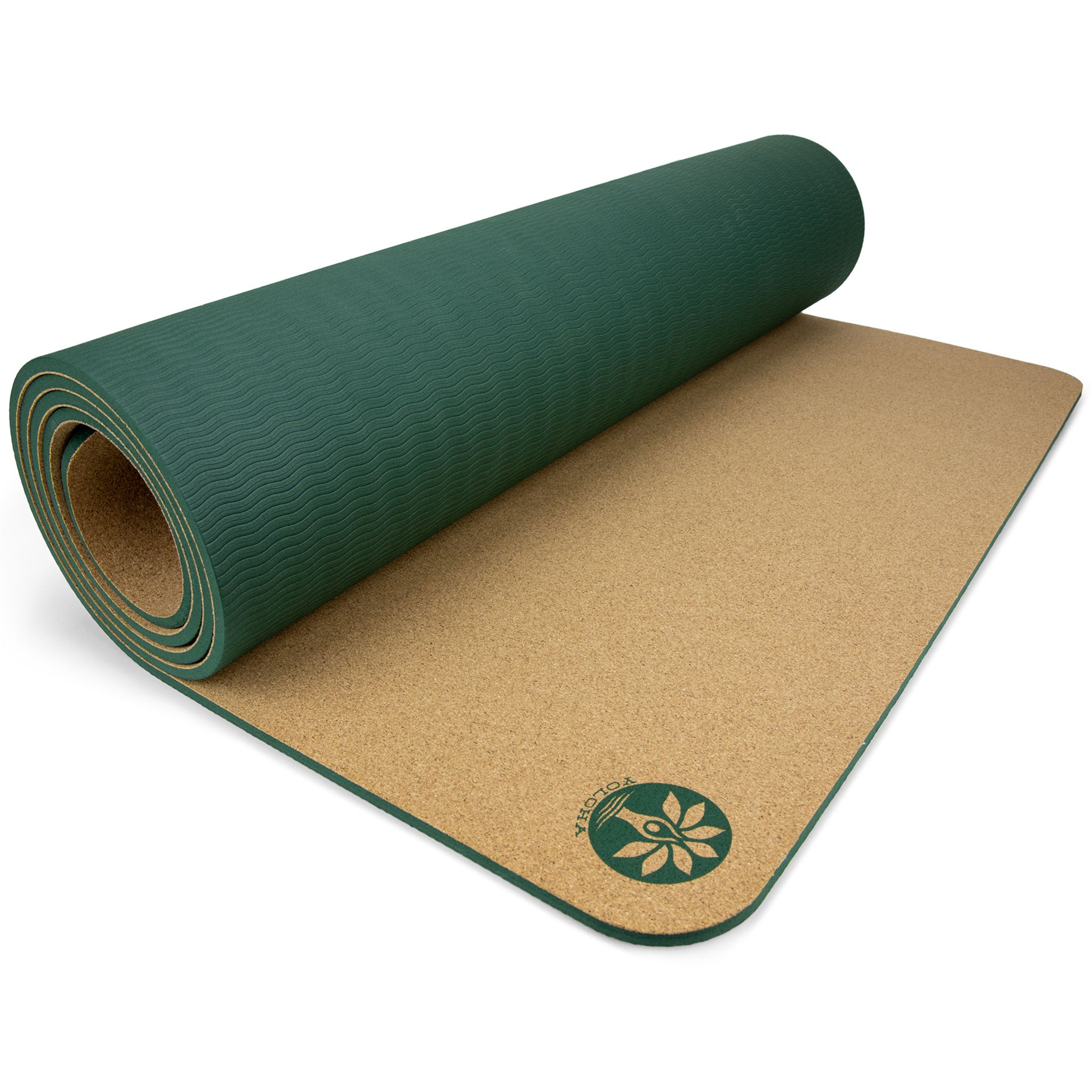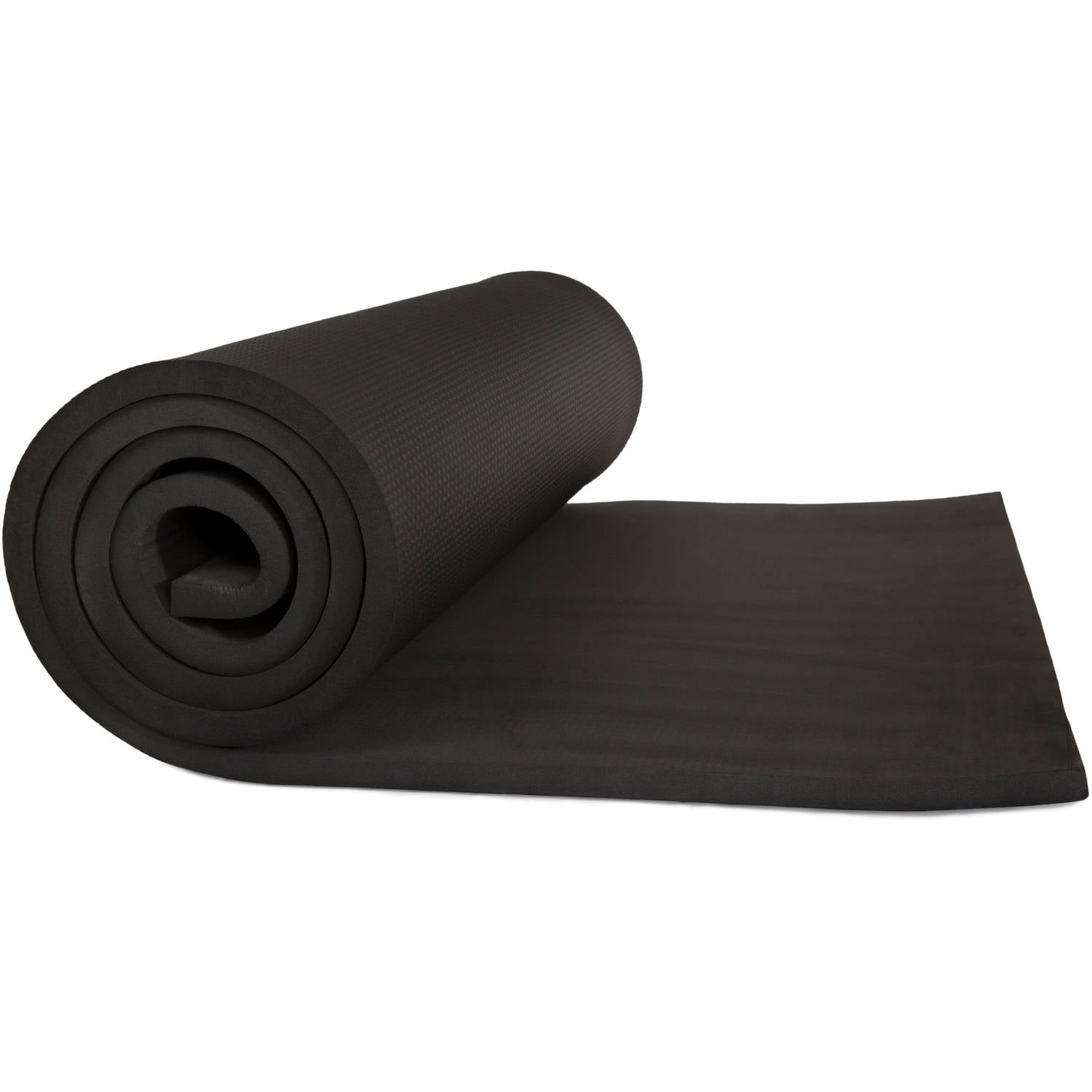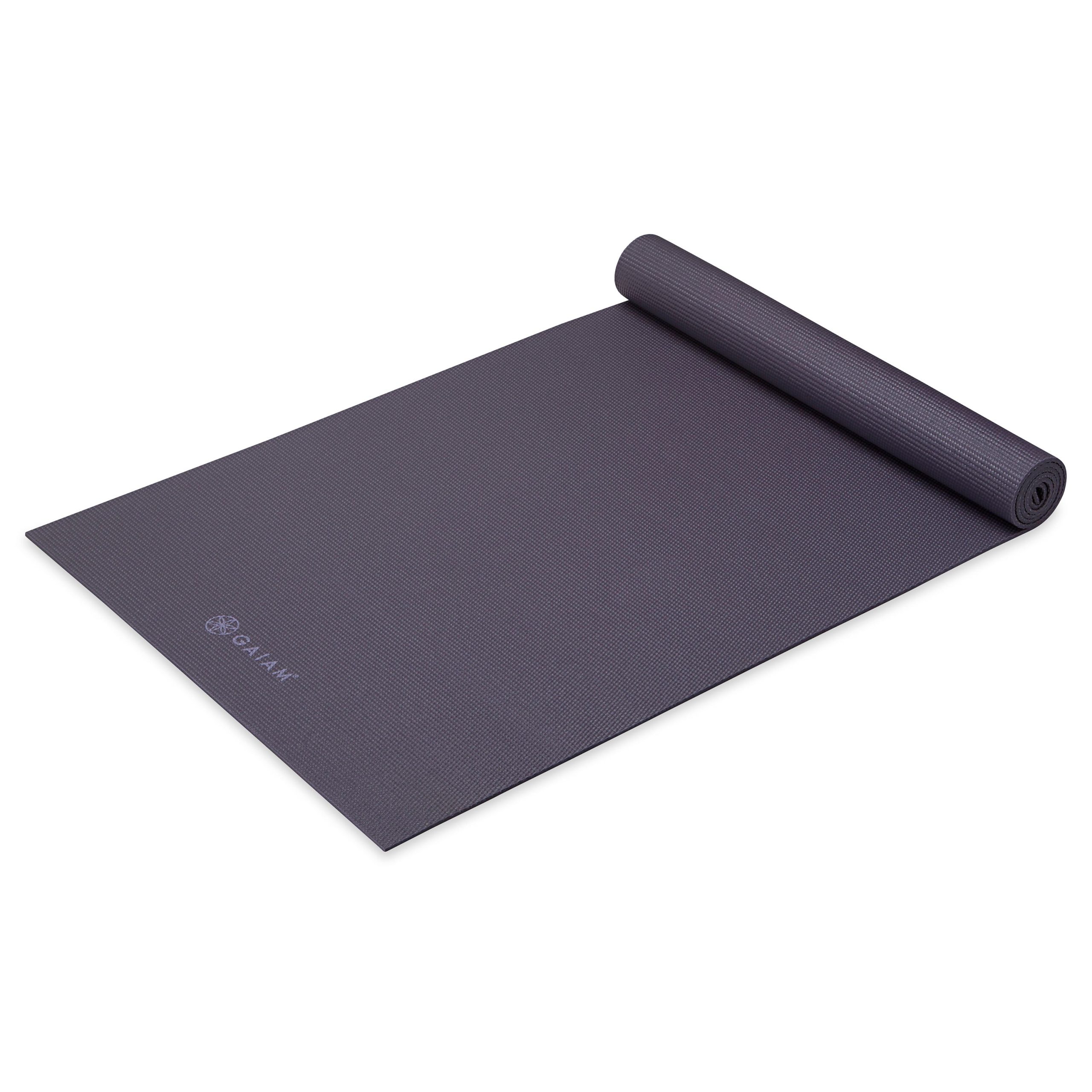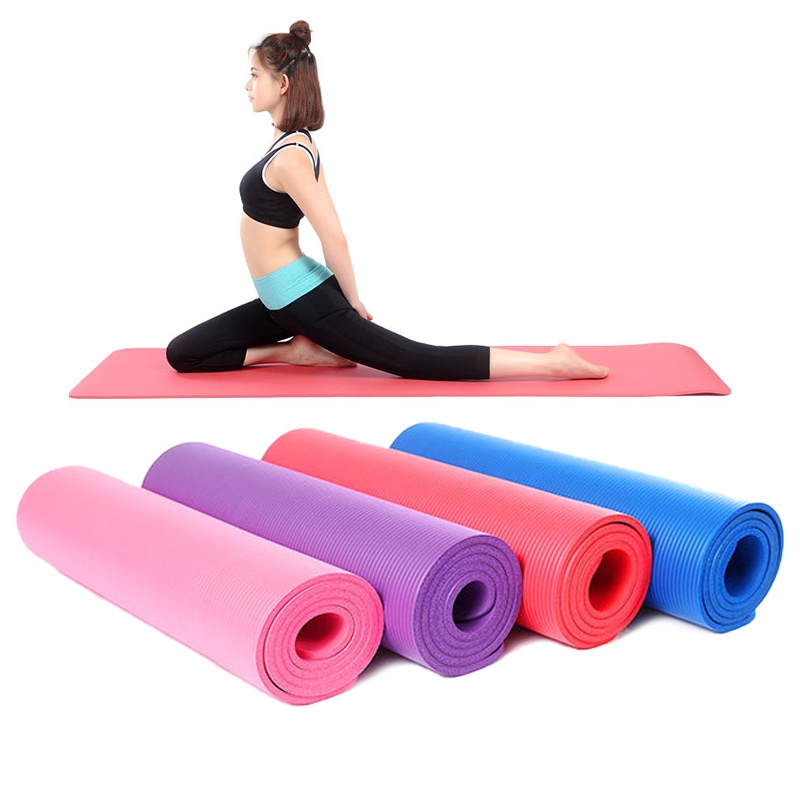How to clean a yoga mat? Yoga is a great way to keep your mind and body healthy, but one important aspect of maintaining a healthy yoga practice is keeping your yoga mat clean. With consistent use, yoga mats can become dirty and smelly, which can affect your practice and potentially lead to skin infections. Fortunately, cleaning a yoga mat is simple and can be done with a few basic household items. In this article, we will discuss the best ways to clean your yoga mat, so that you can continue to enjoy your yoga practice in a clean and hygienic environment.

Why Clean Your Yoga Mat?
A yoga mat provides a surface for you to practice on, and over time, it can accumulate sweat, oils, and bacteria. This can lead to a build-up of dirt and germs, which not only makes your mat smell unpleasant but also exposes you to potential health risks. Bacteria and germs thrive in warm, moist environments, and a yoga mat that is not regularly cleaned can become a breeding ground for these harmful microorganisms.
Additionally, a dirty yoga mat can affect your practice by becoming slippery and less grippy, making it difficult to hold poses and transitions. The accumulation of dirt and oils can also cause your mat to deteriorate more quickly, reducing its lifespan and requiring you to purchase a new one sooner than necessary. For these reasons, it is important to clean your yoga mat regularly to maintain a hygienic practice and preserve the longevity of your mat.
How Often Should You Clean Your Yoga Mat?
The frequency of cleaning your yoga mat depends on how often you use it. If you practice yoga several times a week, it is recommended to clean your mat at least once a week. If you practice less frequently, you can clean your mat every 1-2 weeks to maintain its cleanliness and hygiene. Additionally, if you notice that your mat is particularly sweaty or dirty after a session, it is a good idea to give it a quick wipe down to prevent the build-up of bacteria and odor.

Methods to Clean a Yoga Mat
There are several effective methods to clean a yoga mat, and most of them can be done with simple household items. Here are some popular methods to clean a yoga mat:
Using a Natural Cleaning Solution
One of the best and simplest ways to clean a yoga mat is by using a natural cleaning solution. You can make your own cleaning solution by mixing equal parts of water and white vinegar in a spray bottle. Vinegar is a natural disinfectant and helps to kill bacteria and germs on the surface of the mat. After mixing the solution, spray it generously onto the mat and use a clean cloth or sponge to wipe it down. For stubborn stains or dirt, you can scrub the mat gently with a soft-bristled brush. After wiping down the mat, hang it to air dry in a well-ventilated area.
Using a Commercial Yoga Mat Cleaner
Many companies offer specially formulated yoga mat cleaners that are designed to effectively clean and disinfect yoga mats. These cleaners often contain natural ingredients such as tea tree oil, which has powerful antibacterial properties. To use a commercial yoga mat cleaner, simply spray it onto the mat and wipe it down with a clean cloth or sponge. Follow the instructions on the product label for the best results. After cleaning, allow the mat to air dry before rolling it up for storage.
Washing the Mat in the Washing Machine
Some yoga mats are machine washable, but it is important to check the manufacturer’s instructions before attempting to wash your mat in the washing machine. If your mat is machine washable, use a gentle cycle and mild detergent to avoid damaging the material. After washing, hang the mat to air dry in a well-ventilated area. Avoid using a dryer, as the heat can damage the mat.
Using Baking Soda and Essential Oils
Baking soda is a natural deodorizer and can help to remove odors from a yoga mat. You can create a simple cleaning paste by mixing baking soda with a few drops of your favorite essential oil, such as lavender or tea tree oil. After mixing the paste, apply it to the mat and use a damp cloth to scrub the surface. Once you have scrubbed the entire mat, rinse it with water and hang it to air dry.
Using Soap and Water
For a quick and easy clean, you can use a mild soap and water to clean your yoga mat. Fill a bowl with warm water and add a small amount of mild soap, such as dish soap or castile soap. Dip a clean cloth or sponge into the soapy water and use it to wipe down the mat. After cleaning, rinse the mat with clean water and hang it to air dry.

Tips for Maintaining a Clean Yoga Mat
In addition to regular cleaning, there are a few tips you can follow to maintain a clean yoga mat:
- Use a yoga towel: Placing a yoga towel on your mat during practice can help absorb sweat and oils, preventing them from penetrating the surface of the mat.
- Store your mat properly: After cleaning, allow your mat to air dry completely before rolling it up for storage. Avoid storing a damp or wet mat, as this can lead to the growth of mold and mildew.
- Clean your hands and feet: To prevent the transfer of dirt and oils onto your mat, make sure to wash your hands and feet before practicing yoga.
- Rotate your mat: Periodically rotate your mat and practice on different areas to ensure even wear and tear.
By following these tips and regularly cleaning your mat, you can enjoy a clean and hygienic yoga practice without worrying about odors and bacteria.
Advantages of yoga mat
Improved Comfort and Stability
One of the most significant benefits of using a yoga mat is the improved comfort and stability it provides during yoga practice. The mat creates a cushioned and non-slip surface, which prevents hands and feet from slipping during poses. This allows for a more stable and secure foundation, reducing the risk of injury and helping practitioners to hold poses for longer periods.
Hygienic Barrier
Another advantage of using a yoga mat is the hygienic barrier it provides between your body and the floor. Sweat and dirt can easily accumulate on the floor, especially in group yoga classes, and using a mat helps to prevent direct contact with these contaminants. Additionally, most yoga mats are easy to clean, making them a more hygienic option for yoga practice.
Alignment Assistance
Yoga mats often include alignment markings, which can be helpful for practitioners to ensure they are positioning themselves correctly in each pose. These markers can serve as a visual guide, helping practitioners to maintain proper alignment and improve their overall practice.

In conclusion
Keeping your yoga mat clean is essential for maintaining a healthy and hygienic yoga practice. Regular cleaning not only prevents the build-up of dirt and germs but also helps to preserve the lifespan of your mat. Whether you choose to use a natural cleaning solution, a commercial cleaner, or simple household items, there are many effective methods for cleaning a yoga mat. By incorporating regular cleaning into your yoga routine, you can continue to enjoy a clean and safe practice for years to come.
